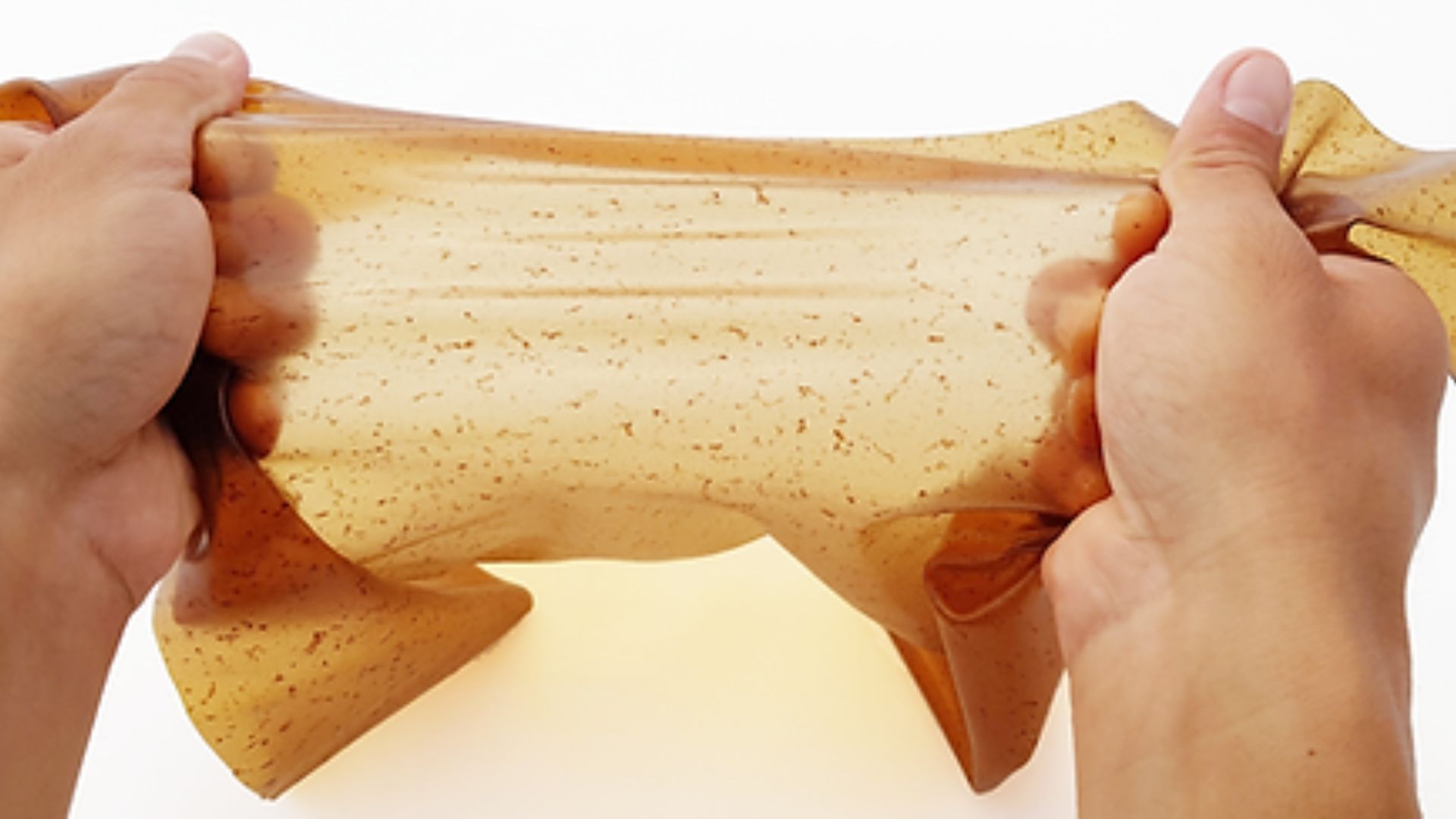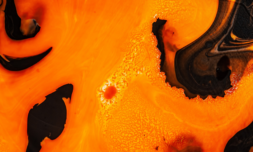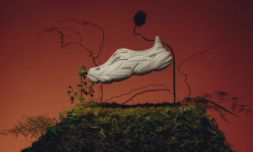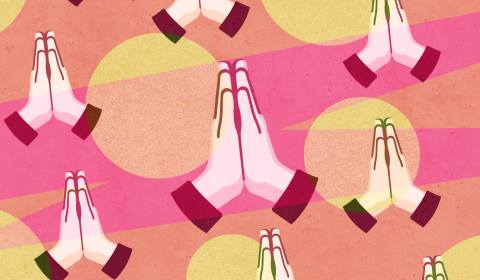A look at Kajkao
The use of biotechnology is going to be extremely commonplace in the future.
Through these processes, design studios like Lakò are uncovering the potential of natural materials (ie. cocoa beans) and living organisms (ie. fungi and mould) which we typically consider ‘waste’.
What they’ve found is the cocoa bean is a highly versatile natural material.
Cocoa bean shells are composed of vegetal fibres which makes them both thermal and adaptable for many different uses. For example, the shells can be crushed and pressed into panels that are both thermo-acoustic and insulating.
These panels are also lightweight and can range in density based on the size of the shell’s grain. They can also be easily cut or joined together with common building tools, making them fantastic options for construction and architecture.
Experimenting with different methods, Lakò Studios also managed to develop bioplastic sheets that can vary in texture and colour. They can be rough or smooth, see-through, semi-matte, or glossy in appearance.
At the moment, Lakò Studio is further interested in turning cocoa beans into plant-based leather. The team continues to test the durability of its materials while trialling new ways to integrate waste into environmentally conscious materials.
Now let’s look at how important biotechnology will be in making the cocoa industry more sustainable.

How wasteful is the cocoa industry?
The short answer is: very.
The cocoa plant was known to be used by ancient civilisations, but it only became globally popular during the 18th century. When steam engine trains were introduced, commercial production of the cocoa plant boomed as chocolate products could be more easily transported.
For centuries, the harvesting of cocoa plants has involved using a maximum of 50 percent of the cocoa pod to make chocolate products – traditionally its soft, seeded inside.
The remaining 50-70 percent of the plant, typically the cocoa pod husk, mucilage, and bean shells are left to rot. This part of the fruit is its largest part, meaning for every ton of cocoa harvested, 10 tons of cocoa pod husks are thrown away.
Though the harvesting of this plant has long been linear, global societies are becoming interested in developing circular ways of production. As such, the lifespan of the cocoa plant has started to look as if it has longevity.

What else could the cocoa plant be used for?
As it turns out, cocoa beans aren’t just fuelling our sweet tooth. They can also fuel our homes.
The Ivory Coast, which is home to 600,000 cocoa farmers, is already starting to turn waste from cocoa harvests into energy.
In 2021, a project was put forward to open nine biomass plants capable of turning cocoa plants into green energy. It works by burning the husks and running them through a turbine to produce electricity in a similar way that fossil-fuel power plants do.
Similar projects are already taking place in Ghana, with the goal of supplying rural areas with electricity. Great news, as only 50 percent of people living in rural Ghana have access to a power supply.
It’s anybody’s guess which natural material could be next in the race towards a global green transition. Thanks to innovators like those at Lakò Studios, I can’t imagine we’ll have to wait long to find out.























